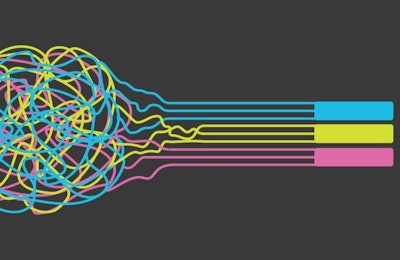
Artificial intelligence (AI) can help the poultry supply chain look forward to solving future challenges in production, processing and even consumer marketing.
“This century is all about data and simulating what’s happening now in operations and future scenarios and how to prepare for them,” said Richard Boyd, CEO, Tanjo.
AI encompasses a range of digital technologies, including expert systems, data mining, predictive analytics, machine learning, deep learning, neural networks, genetic algorithms and more.
One of the biggest fears associated with AI and other modern technologies is that it will replace workers currently on the job. Not to worry, Boyd noted.
“People are worried about what their jobs will be, and the nature of the work is changing. But the indication is that we’re creating more jobs, not fewer, but they are going to be different jobs,” he added.
On the farm
One way AI could simplify operations on the poultry farm is by automating the calculations needed to feed and accurately dose medications. AI can optimize the decision-making process, help reduce costs, improve poultry health and welfare and positively affect overall efficiencies and sustainability.
The technology uses sensors, cameras and machine learning to replace what can be a time-consuming, labor-intensive manual process.
“AI gives poultry producers a big red ‘easy’ button that they can hit,” explained Boyd. “And now you’ve got these instant insights. What used to take one hundred hours of work can now be done in seconds.”
Understanding more about consumer behavior
AI can also help poultry brands learn more about consumer buying patterns and behaviors.
For example, it can measure the difference between what shoppers say they prefer, like organic, no-antibiotics-ever (NAE), cage-free and free-range, and what they spend their dollars on.
Animated personas allow brands to model consumer behavior and quickly analyze survey results. These personas represent the major consumer segmentation models for chicken buyers in U.S. grocery stores.
Initially, AI identified eleven consumer personas for chicken buying; however, when combined with a year of customer purchase data, additional sub-persona types were revealed.
“There aren’t 125 million meaningfully different ways to buy chicken, but there’s also not six,” Boyd said. “It ended up being 42.”
Marketers can use this information to design the messages and branding most apt to reach chicken consumers.

















